The CDC now recommends that all people in the U.S. wear cloth masks when they go out to public places like the grocery store or pharmacy.
This may come as a shock to some people, but the global pandemic has not suddenly transformed us all into tailors or seamstresses. For many of us, home economics class was the only time we touched a sewing machine, and that may have been a long time ago. For younger folks, home ec may not have even been a class offered, so unless you had someone personally teach you to sew, you're out of luck trying to sew your own cloth masks.
For the masses of us who don't own a sewing machine and have exactly zero interest in sewing a cloth mask by hand, no worries. There are several no-sew methods of making a protective mask that will do exactly the same thing has the fancy sewn ones.
Surgeon General Jerome Adams and the CDC have released a video of how to make an effective face covering using a t-shirt, dish towel, or any piece of cloth and two rubber bands.
If you have a hard time placing your trust in a fit, 40-something-year-old doctor who claims that our fast-food-loving, 73-year-old President who doesn't get enough sleep is healthier than he is, here are a couple of other no-sew how-tos:
This quick and easy tutorial from Do It On A Dime uses a pillowcase and two hair ties (which could really be any rubber bands) to make a mask. (She also offers a coffee filter version—not sure if the CDC would approve of that one. But the pillowcase mask is basically the same as what the Surgeon General shared and meets the CDC checklist of criteria for cloth face coverings shared below.)
One common complaint with these homemade face coverings is that the bands are often not super comfortable on the ears. In a follow-up video, Do It On A Dime offers a solution for that using a cloth headband and buttons that you can either sew or pin with a safety pin to save your ears.
There are a few things to keep in mind as you make and use your own masks.
First, cloth face coverings are better than nothing, but they are by no means a savior from the virus. Mainly, the cloth masks make it less likely for you to spread the virus unknowingly. They do not provide great protection from getting it, so it's still super important to stay home as much as possible and only go out in public when necessary.
According to the CDC, cloth face coverings should:
- fit snugly but comfortably against the side of the face
- be secured with ties or ear loops
- include multiple layers of fabric
- allow for breathing without restriction
- be able to be laundered and machine dried without damage or change to shape















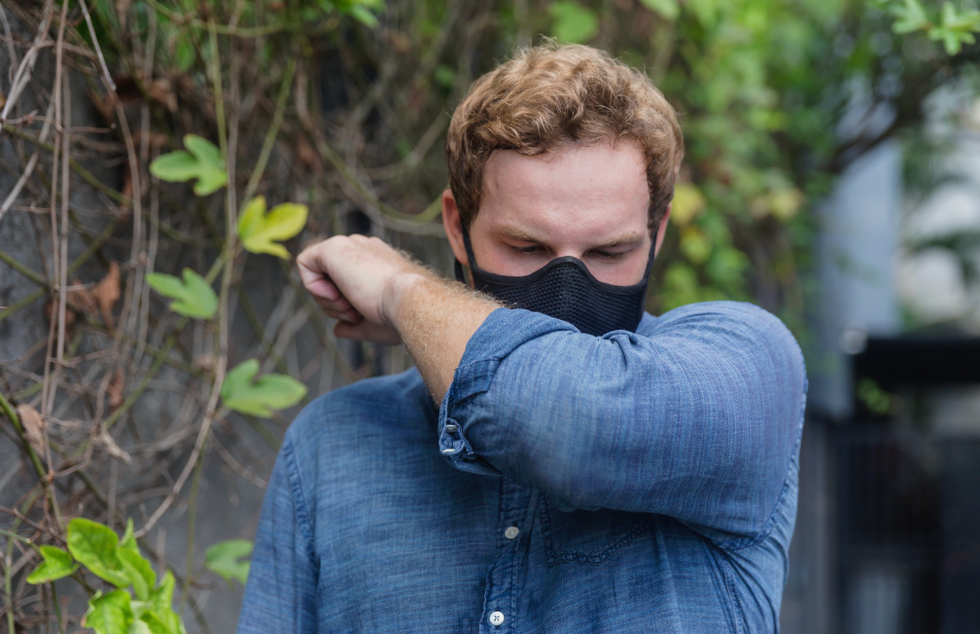 You cannot be too careful when trying to prevent the spread of the flu.Photo credit: Canva
You cannot be too careful when trying to prevent the spread of the flu.Photo credit: Canva
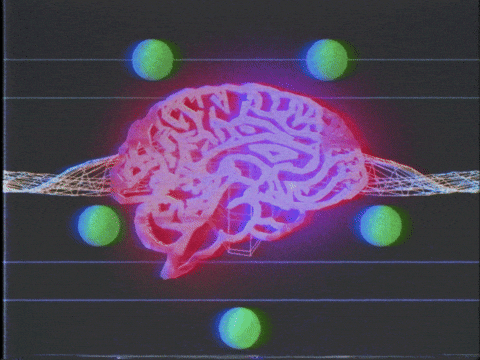 Big Brain GIF by Jay Sprogell
Big Brain GIF by Jay Sprogell
 Shake It Off Wet Dog GIF by BuzzFeed
Shake It Off Wet Dog GIF by BuzzFeed
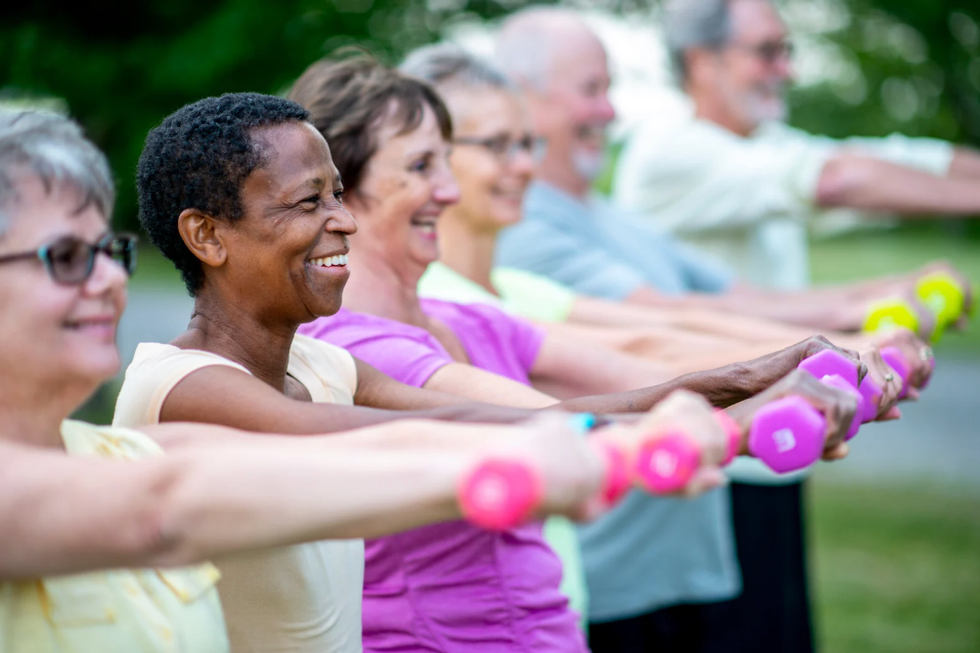 Working out with friends also makes exercise more enjoyable (and feel quicker).Photo credit: Canva
Working out with friends also makes exercise more enjoyable (and feel quicker).Photo credit: Canva
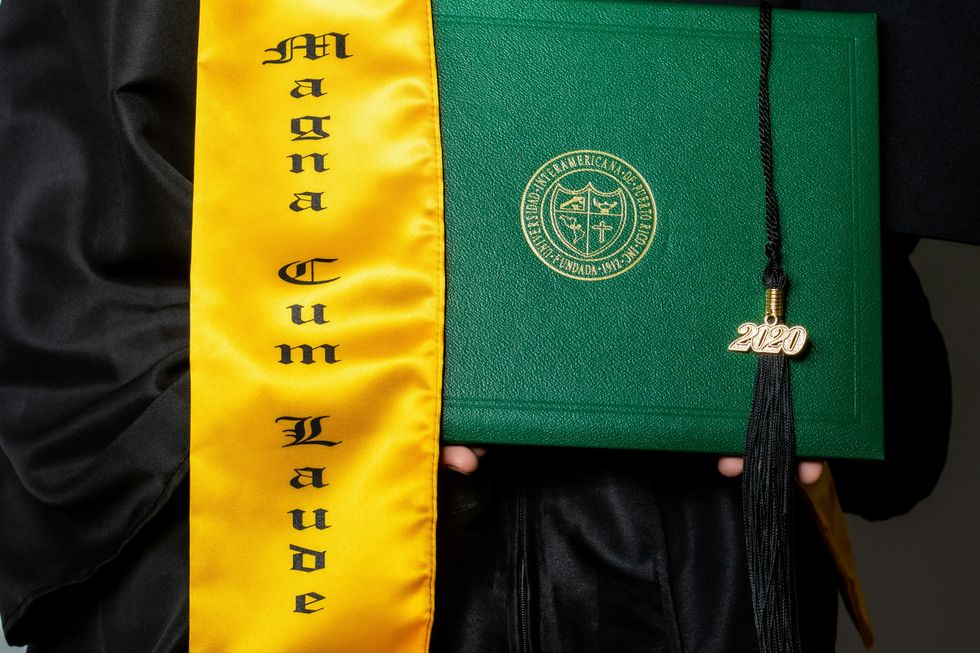 People with Imposter Syndrome can't accept their achievements.
Photo by
People with Imposter Syndrome can't accept their achievements.
Photo by 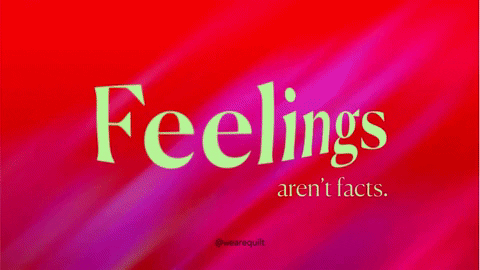 Emotion Feeling GIF by Quilt
Emotion Feeling GIF by Quilt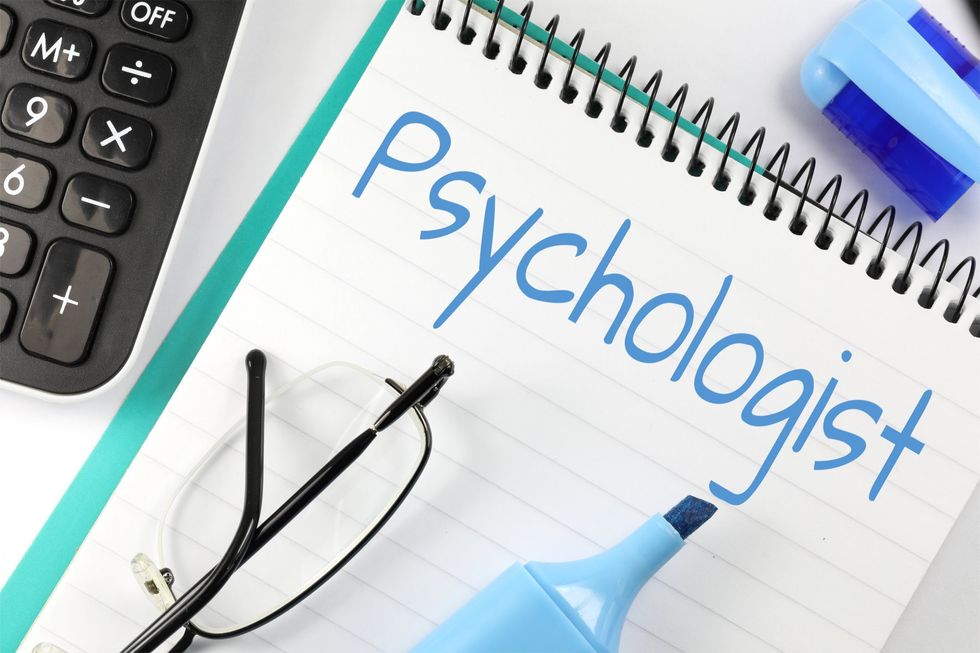 Psychologist - Free of Charge Creative Commons Notepad 1 image
Psychologist - Free of Charge Creative Commons Notepad 1 image
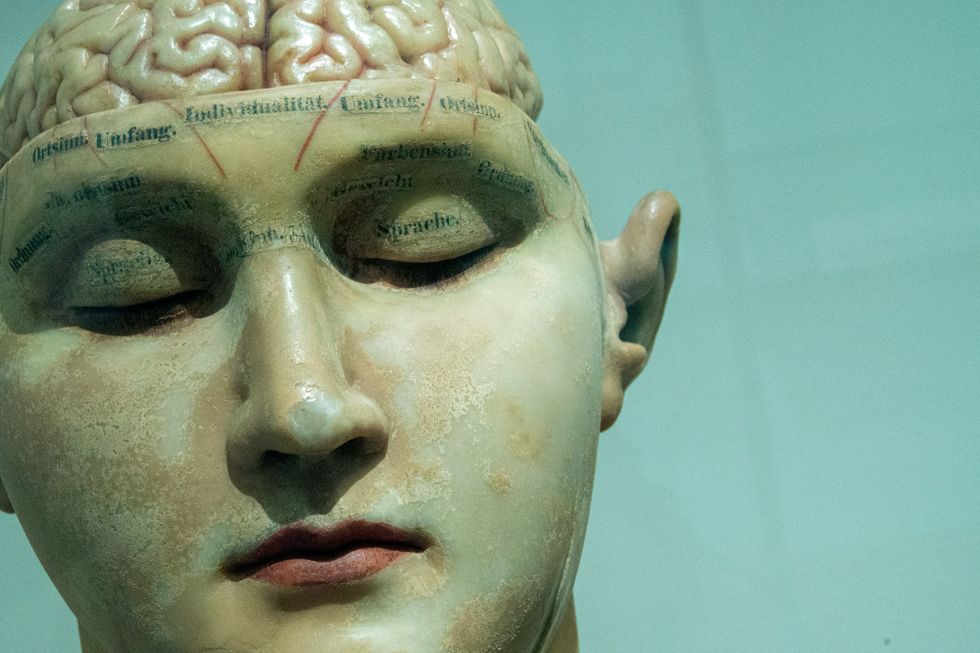 Human anatomy model.
Photo by
Human anatomy model.
Photo by 
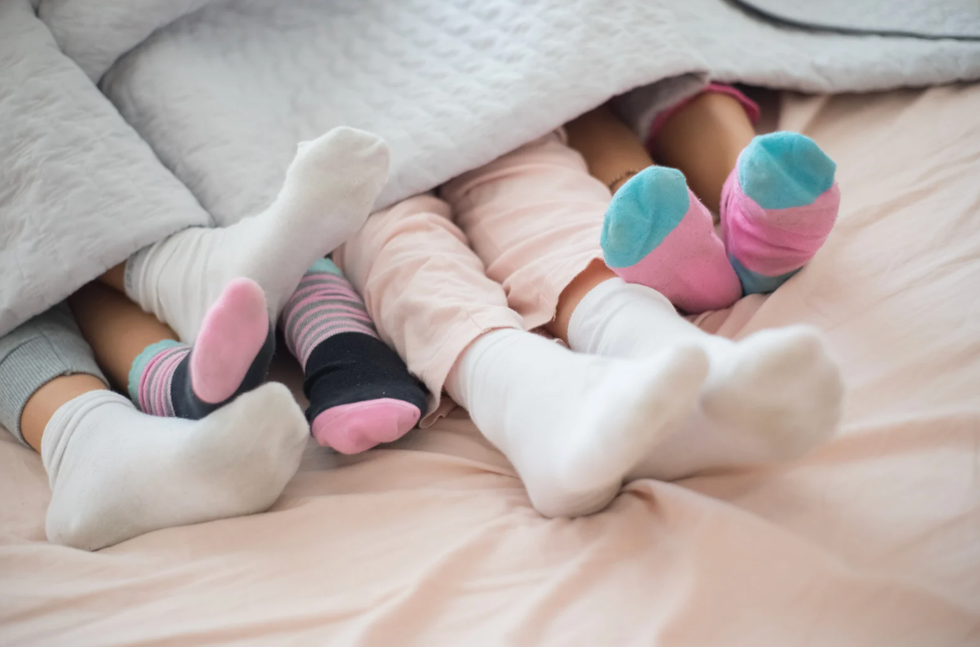 Socks warm your feet, but cool your core body temperature.Photo credit: Canva
Socks warm your feet, but cool your core body temperature.Photo credit: Canva
 A new t-shirt could open up more hospital beds for patients.Photo credit: Canva
A new t-shirt could open up more hospital beds for patients.Photo credit: Canva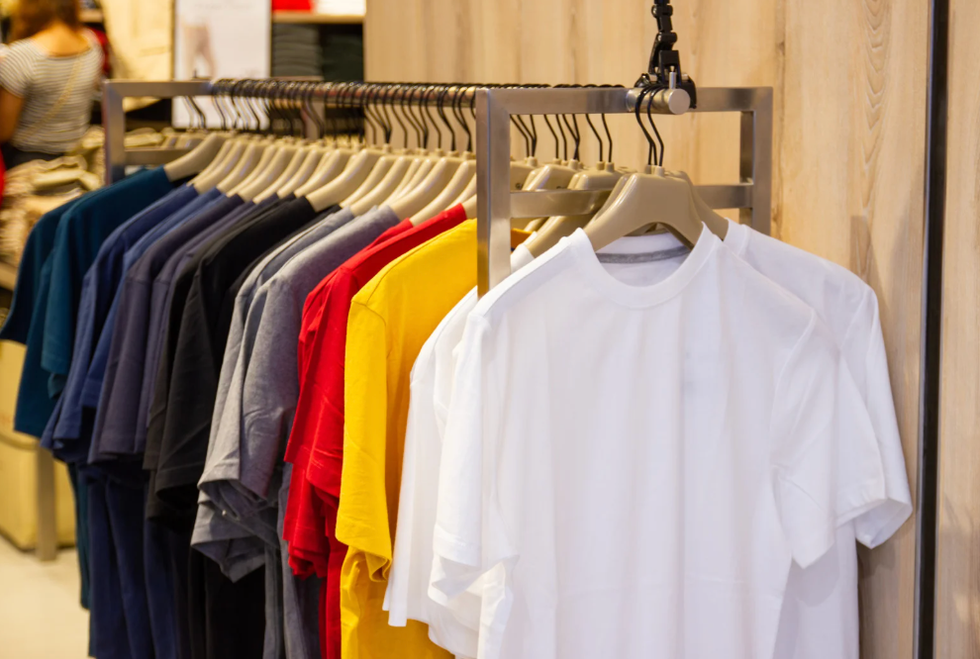 Wearable solutions could be revolutionary.Photo credit: Canva
Wearable solutions could be revolutionary.Photo credit: Canva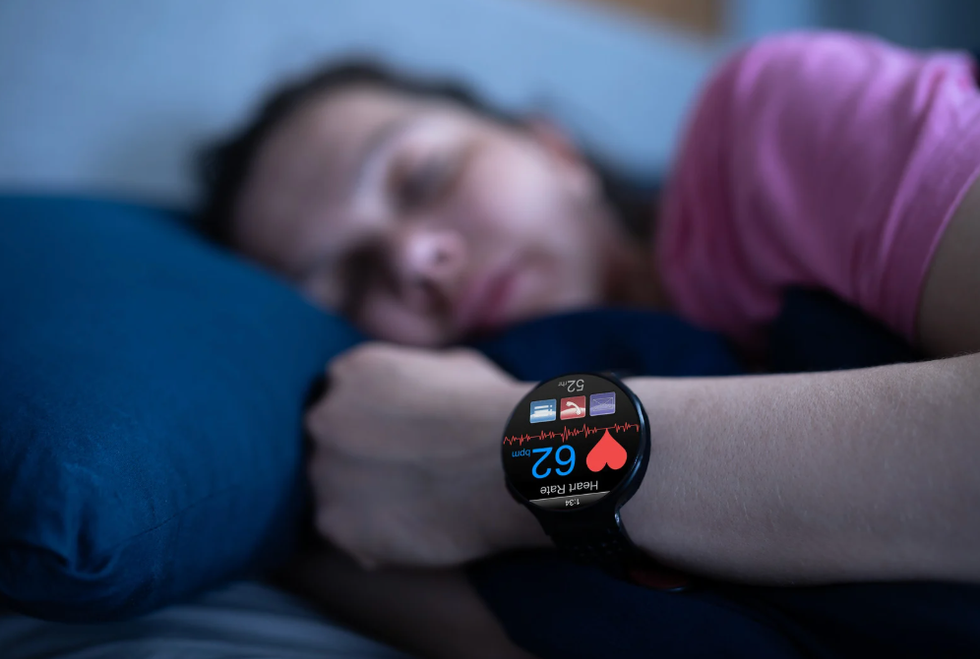 Many wearable tech devices could help you monitor your health.Photo credit: Canva
Many wearable tech devices could help you monitor your health.Photo credit: Canva